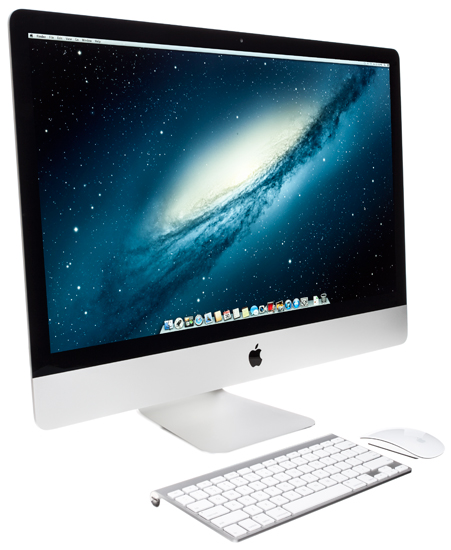

- SCREENS FOR MAC SPEED REVIEW UPDATE
- SCREENS FOR MAC SPEED REVIEW FULL
- SCREENS FOR MAC SPEED REVIEW SOFTWARE
We fully expect future, higher-power solutions to deliver more cores, more GPU and more RAM. This unified design means you can’t buy a MacBook Air with more than 16GB of RAM, but note that the M1 is the first in a new range of processor designs. And it’s fully unified, meaning it’s shared between conventional CPU operations and the GPU processes, so data doesn’t have to be copied between two separate RAM systems. This isn’t on the core chip itself, but within the same die package. Graphical kicks come from either seven or eight GPUs, depending on which version you buy.Īdd to this either 8GB or 16GB of unified system RAM. Then there’s a 16-core neural engine that can do 11 trillion operations per second, along with two machine learning (ML) accelerators capable of a trillion operations per second. An Arm-based device with eight CPU cores, four of which are high performance/high power consumption designed for intensive workloads, and four are “efficiency” cores designed for lighter-weight processes. What’s so special about the M1? Stripped down to basics, it sounds similar to the chips inside iPhones and iPads. Customers must have workable solutions well before the higher-power version arrives in the spring. And although there’s a grace period during which developers will be frantically moving their apps to support the native M1 platform, this isn’t a multi-year transition. M1 must deliver, on every front, in ways that the competitive platforms cannot. You might think this an overstatement, given that Apple’s market share of laptops is in the high single digits, but that massively underestimates where M1 sits in the Apple universe. Apple is essentially betting the future of its two-trillion dollar company on it. Problem is, this dock lacks a wide port selection, with just 2 USB ports, one USB-C port, and an Ethernet jack.But this move from Intel to Arm is a huge gamble. The Dell Universal Docking Station supports up to four external displays (one native, three through DisplayLink) with 4K resolution and packs 65-watt pass-through charging. Not because it’s the best DisplayLink dock, but because it’s the best bang for your buck. Most people who want to run 4 or more external monitors from their MacBook should go with the Dell Universal Docking Station. Just run the DisplayLink software, use HDMI or DisplayPort cables as you normally would, and hit the ground running. Some USB-C Thunderbolt 3 docking stations have built-in DisplayLink functionality, enabling you to connect multiple external monitors to your MacBook without additional dongles or adapters. For Clean 4+ Monitor Setups: Docking Stations If you decide not to buy a DisplayLink docking station or adapter, consider using a laptop riser and a USB-C hub with HDMI-out to create a makeshift “dual monitor” setup. Swapped out an Aukey USB hub for an Anker one.

Keep that in mind when you see some of the prices in this guide! Update, 5/20/22: Verified all text and links still good.
SCREENS FOR MAC SPEED REVIEW UPDATE
While this workaround works today, a future macOS update could temporarily “break” DisplayLink support. Still, DisplayLink has a minor impact on CPU usage, and the macOS “Unlock With Apple Watch” feature doesn’t work while DisplayLink is enabled. DisplayLink also works when your MacBook is closed-a concern that some people have when they first hear about this workaround. Plus, your Mac will treat monitors connected over DisplayLink just like any other external monitor, so you can control everything from System Preferences and not some annoying app. This workaround works well and doesn’t compromise the M1 MacBook’s speed.

SCREENS FOR MAC SPEED REVIEW SOFTWARE
We’re going to use software called DisplayLink to add up to six external monitors to your M1 MacBook. Here’s everything you need to use two or more external displays with your M1 MacBook. Thankfully, you aren’t stuck living life with just one desktop monitor.
SCREENS FOR MAC SPEED REVIEW FULL
Apple’s M1 MacBook Air and MacBook Pro are full of surprises, though their limited monitor support is one surprise that no one expected.


 0 kommentar(er)
0 kommentar(er)
